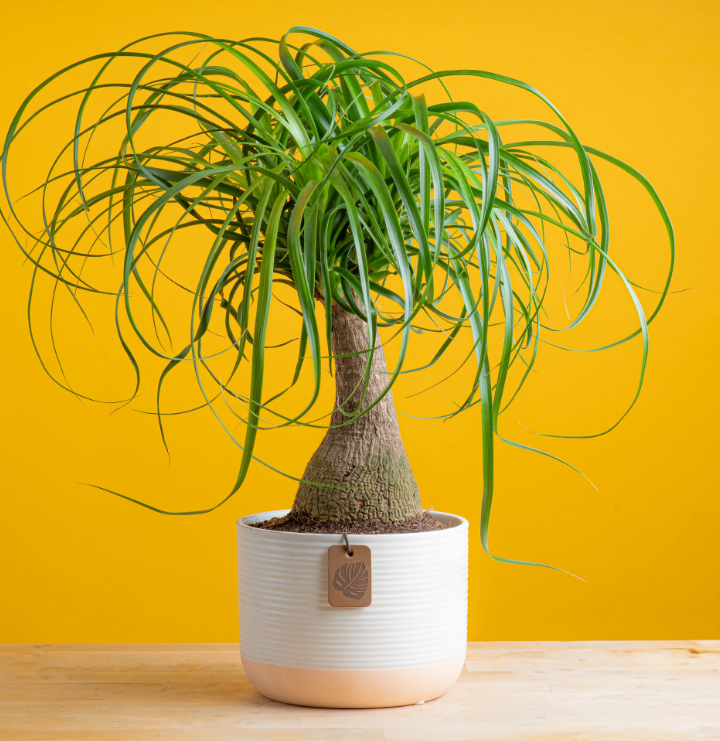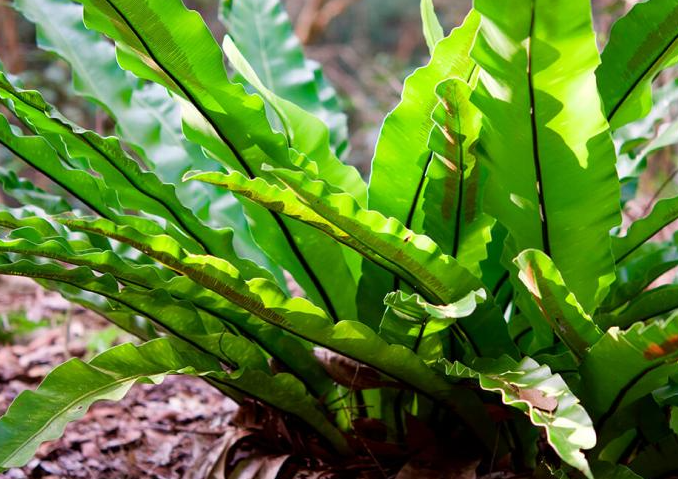1. Chinese Money Plant
The Chinese money plant is a relatively non-toxic, quirky plant that produces babies like nobody's business. And guess what? Those babies are called "pups." How cool is that? The leaves are coin-like, waxy, shiny, and well-contented in medium to bright light. When you see pups beginning to grow, plant 'them and give them to your friends. Water your pilea once a week or two and rotate it 180 degrees every time to grow more symmetrically.

















